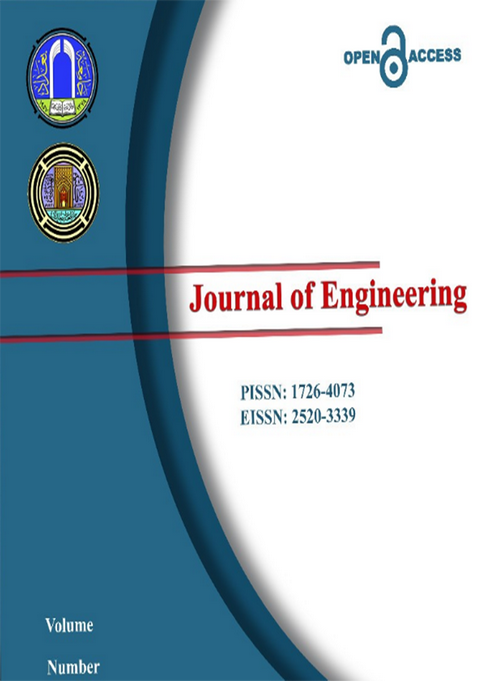Abstract
Crime is one of the important phenomena that has been studied globally, with planners and architects working to control this phenomenon to achieve security. This study is particularly important for high-density residential complexes due to the influence of crime on human behavior and the sense of security within them. The research identifies a knowledge problem related to the lack of comprehensive scientific knowledge regarding the determinants of a safe environment for high-density residential complexes in city centers and the impact of various types of crime. The aim of the research is to establish more comprehensive knowledge regarding the planning, design, and social determinants necessary to create a safe built environment for high-density residential complexes in city centers. The research focuses on key concepts such as spatiality, visual surveillance, privacy, and social interaction, proposing that residents' sense of safety increases in more organized environments at both the planning and design levels within their social determinants. Based on this, a knowledge base was established regarding the phenomenon of crime and its causes, including definitions of its basic terms and patterns, internal and external factors associated with it, and major theoretical approaches. The research then derived planning, design, and social determinants to mitigate crime. The results of the research provide clear mechanisms to achieve the concept of security, including indicators for planning and design treatments for high-density residential complexes within their social determinants. These mechanisms offer designers guidelines to create safer built environments for their users.
Keywords
Crime
Design
planning
residential complexes
Security
Social
